
By Steven L. Stockham, Michael A. Scott
Fundamentals of Veterinary Clinical Pathology 3rd Edition presents thoroughly updated and detailed information to promote appropriate clinical laboratory testing and interpretation of test results for common domestic mammals. Presented in an easy-to-use outline format complemented by many relevant tables and illustrations, the book is now in full color. Fundamentals of Veterinary Clinical Pathology synthesizes the laboratory principles, physiology, assays, analytical concepts, pathophysiologic states, and pathophysiologic processes relevant to detecting, evaluating, and understanding disorders in dogs, cats, horses, cattle, and camelids.
Content additions include two entirely new chapters on synovial and cerebrospinal fluid analysis, as well as expanded sections on blood typing and crossmatching, viscoelastic testing, protein electrophoresis, positive acute-phase proteins, mixed acid-base disorders, vitamin D analysis, analytical and biological variation, blood smear evaluation, and more. New clinical tests and methods, useful data patterns, and additional disorders and pathologic processes are integrated throughout.

Features
- Uses consistent terminology and chapter organization featuring separate sections for physiologic concepts, analytical methods, and interpretation of results
- Provides pathophysiologic explanations of laboratory abnormalities
- Allows easy access to information on disorders and conditions, grouping them by common mechanisms or processes and ordering them in parallel across interpretive tables and text
- Features a wealth of high-quality illustrations and photomicrographs throughout the text
- Includes extensive referencing on the companion website to support statements and provide direction for further reading
Table of Contents
- Analytical and Diagnostic Concepts
- Leukocytes
- Erythrocytes
- Platelets
- Hemostasis
- Bone Marrow and Lymph Nodes
- Proteins
- Urinary System
- Monovalent Electrolytes and Osmolality
- Blood Gases, Blood pH, and Strong-Ion Difference
- Calcium, Phosphorus, Magnesium, and Regulatory Hormones
- Selected Enzyme Activities and Enzymatic Proteins
- Hepatobiliary Function
- Glucose, Ketoamines, and Related Regulatory Hormones
- Exocrine Pancreatic and Intestinal Functions
- Lipids
- Thyroid Function
- Adrenal Gland
- Peritoneal, Pleural, and Pericardial Effusions
- Synovial Fluid
- Cerebrospinal Fluid
- Appendix A: The Complete Blood Count and Blood Smear Evaluation
- Index
Get This Book – Instant Download
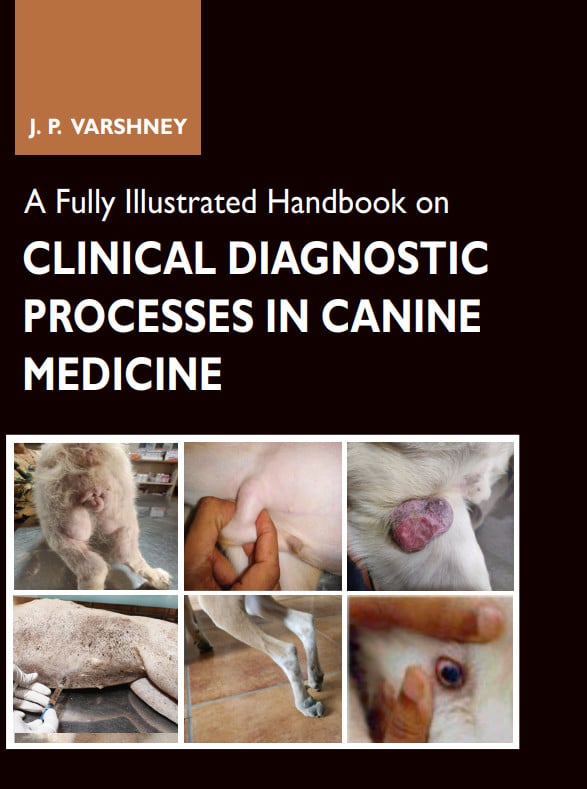

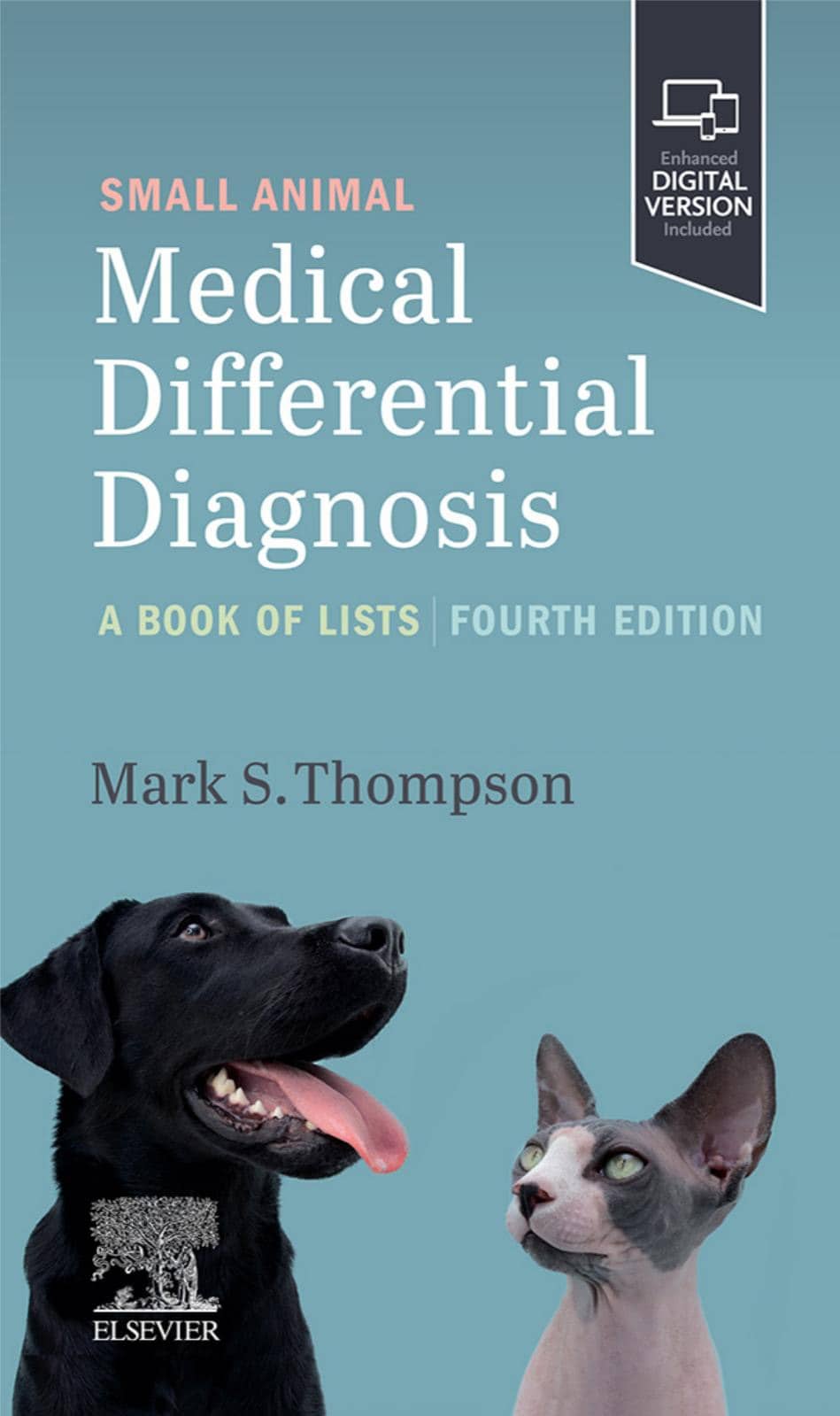
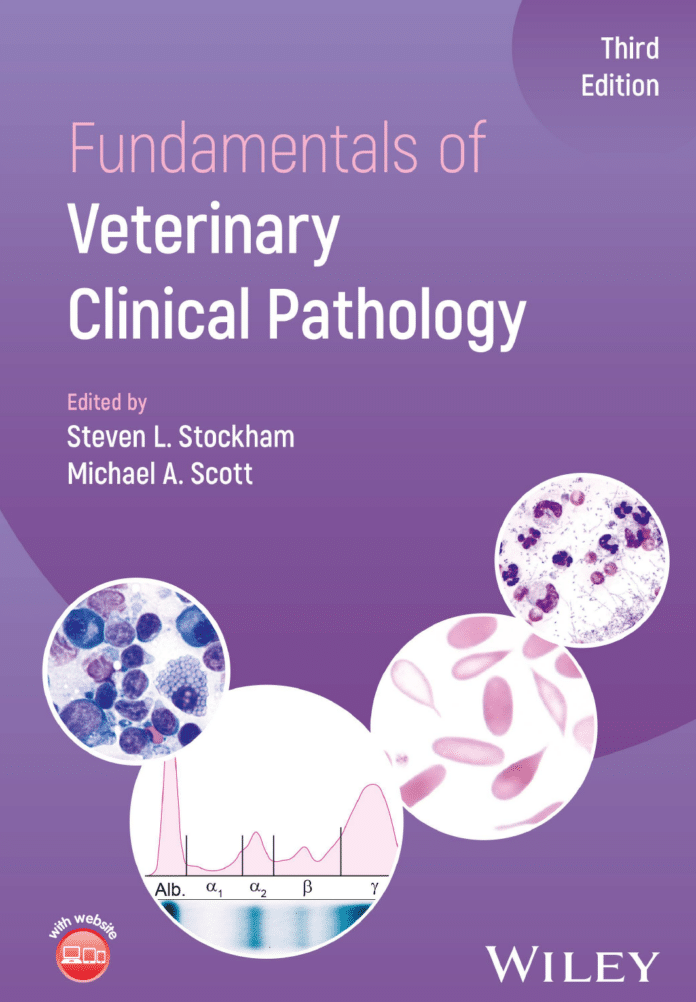



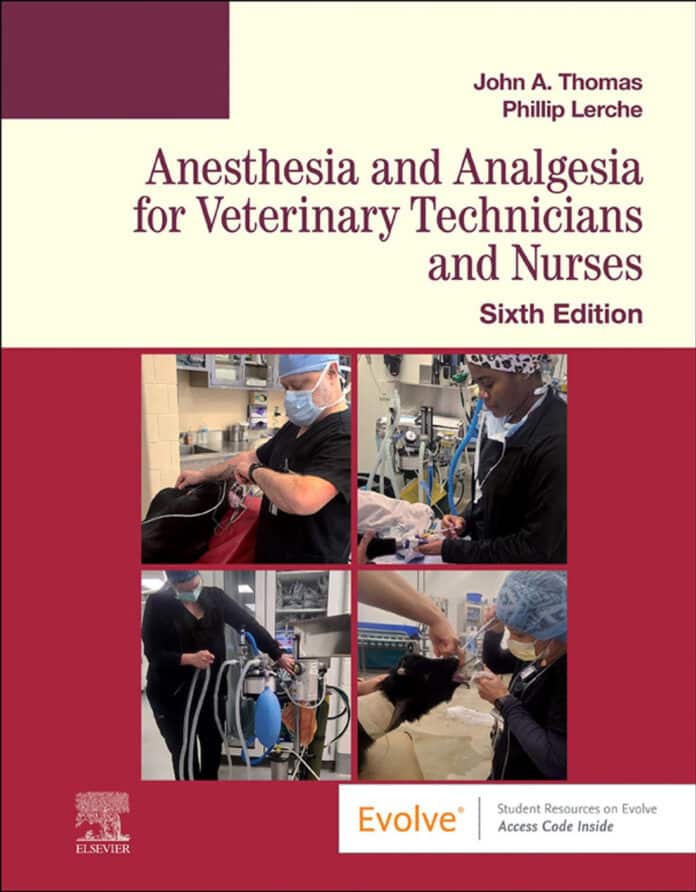
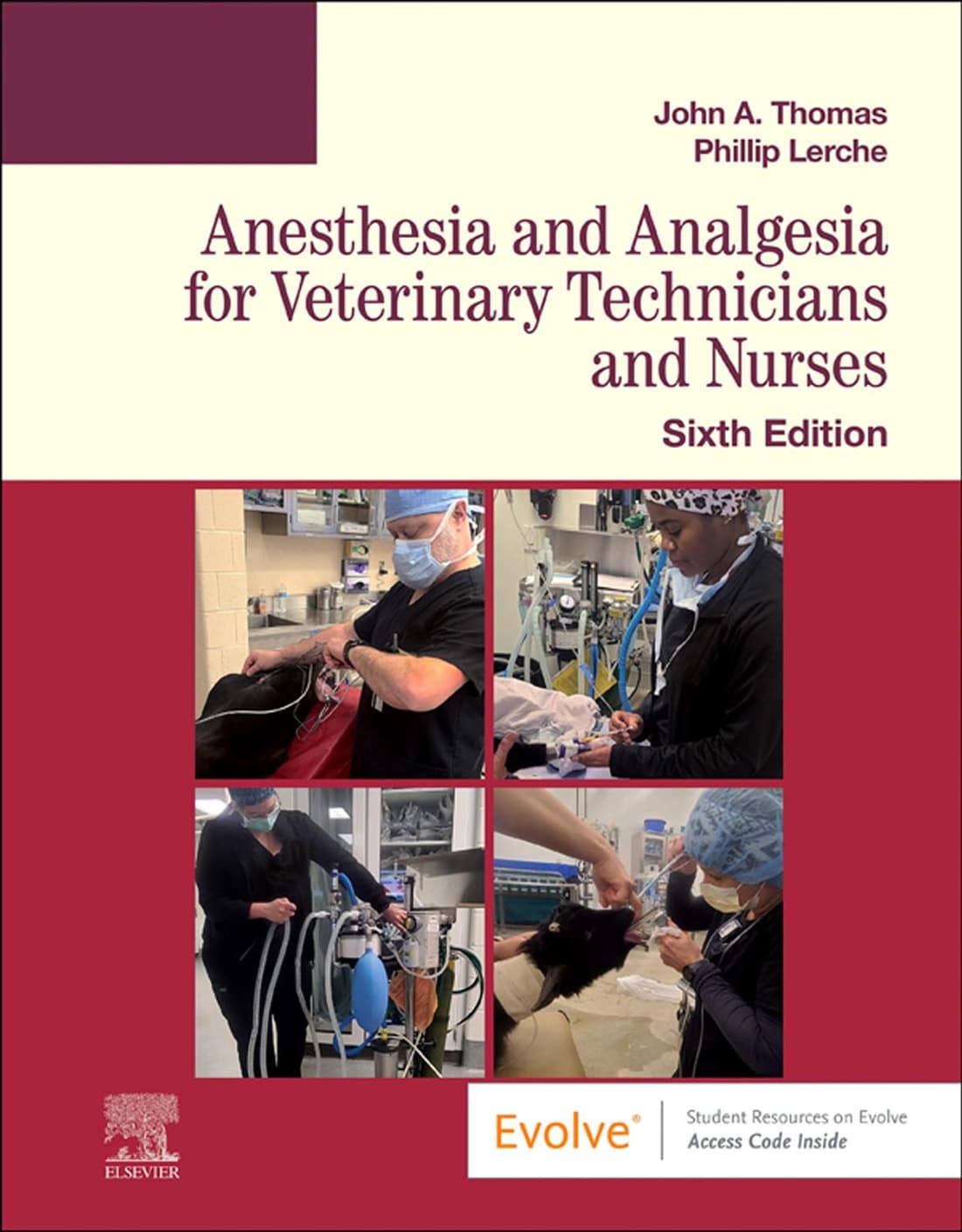







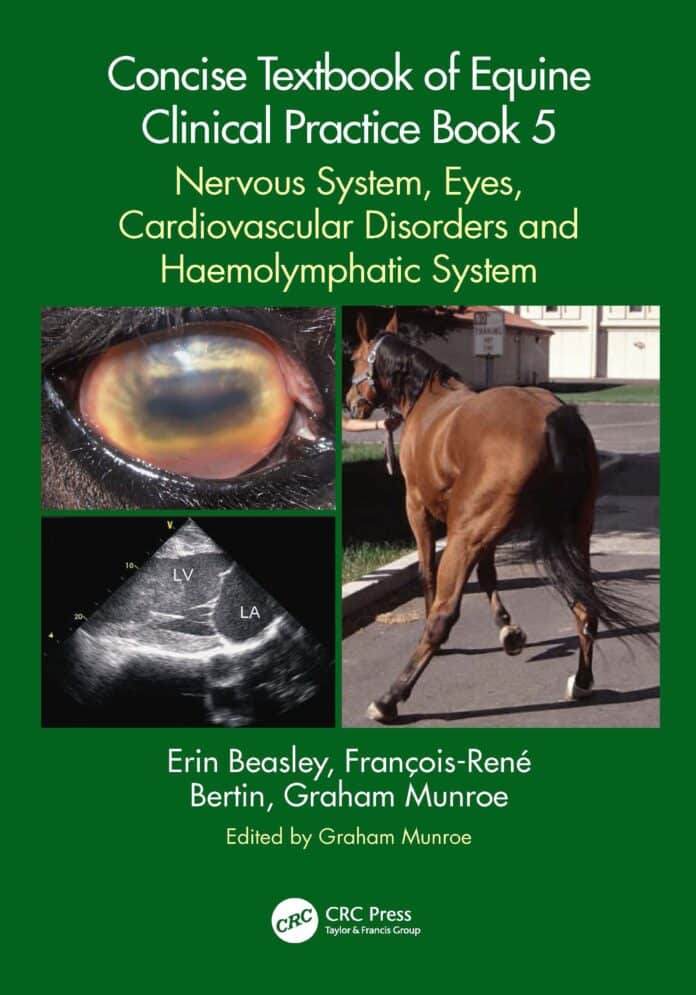
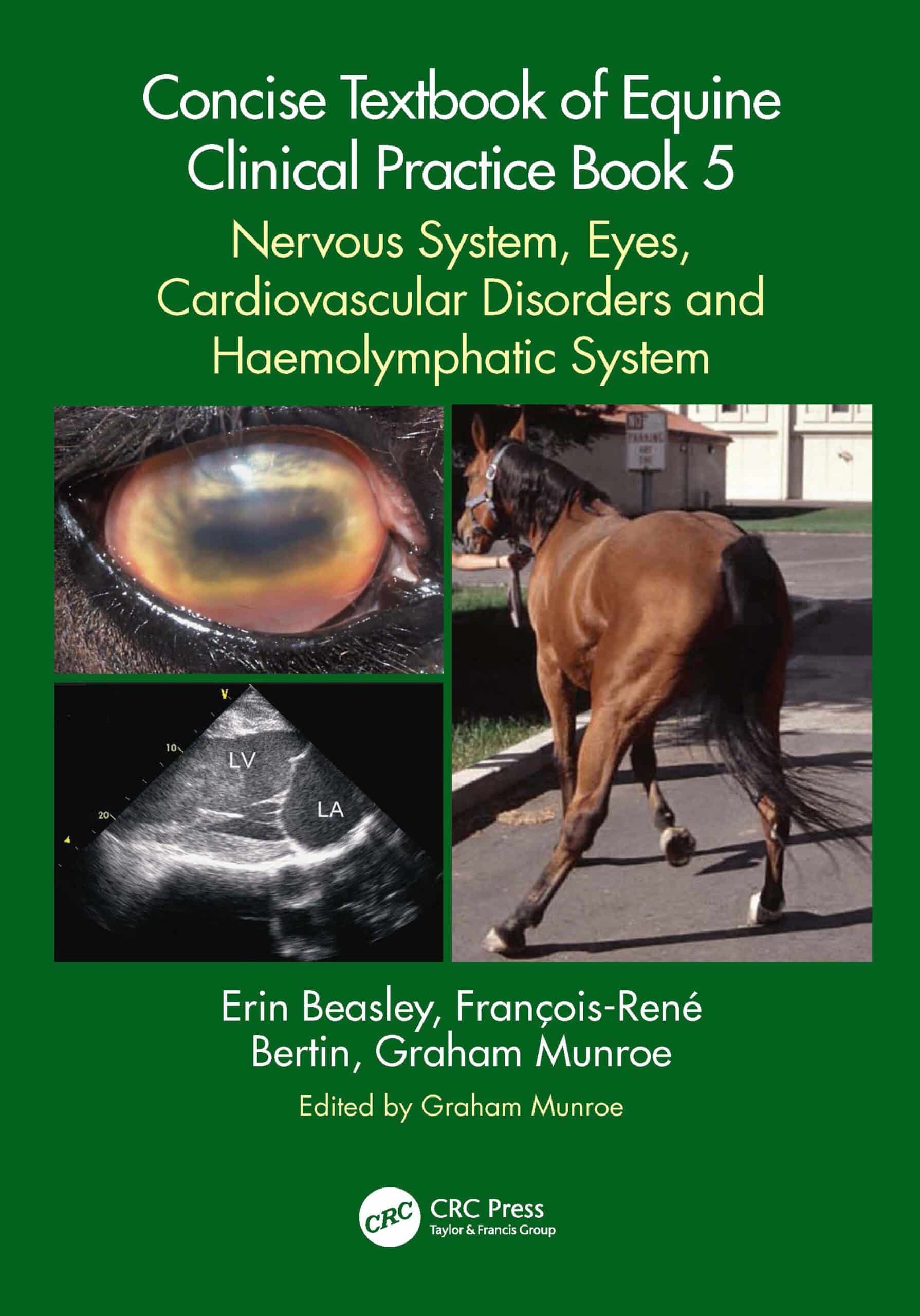
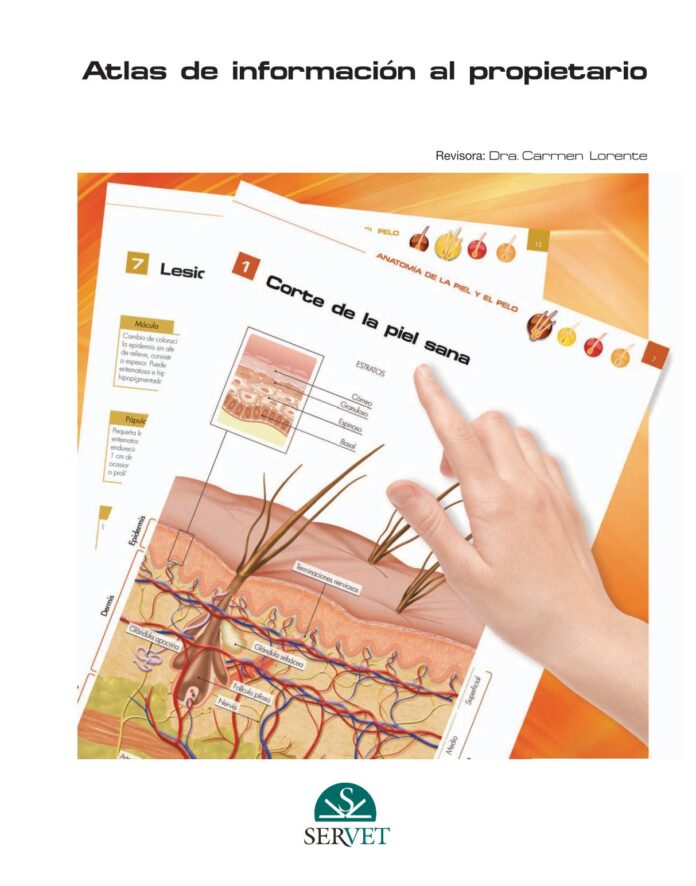
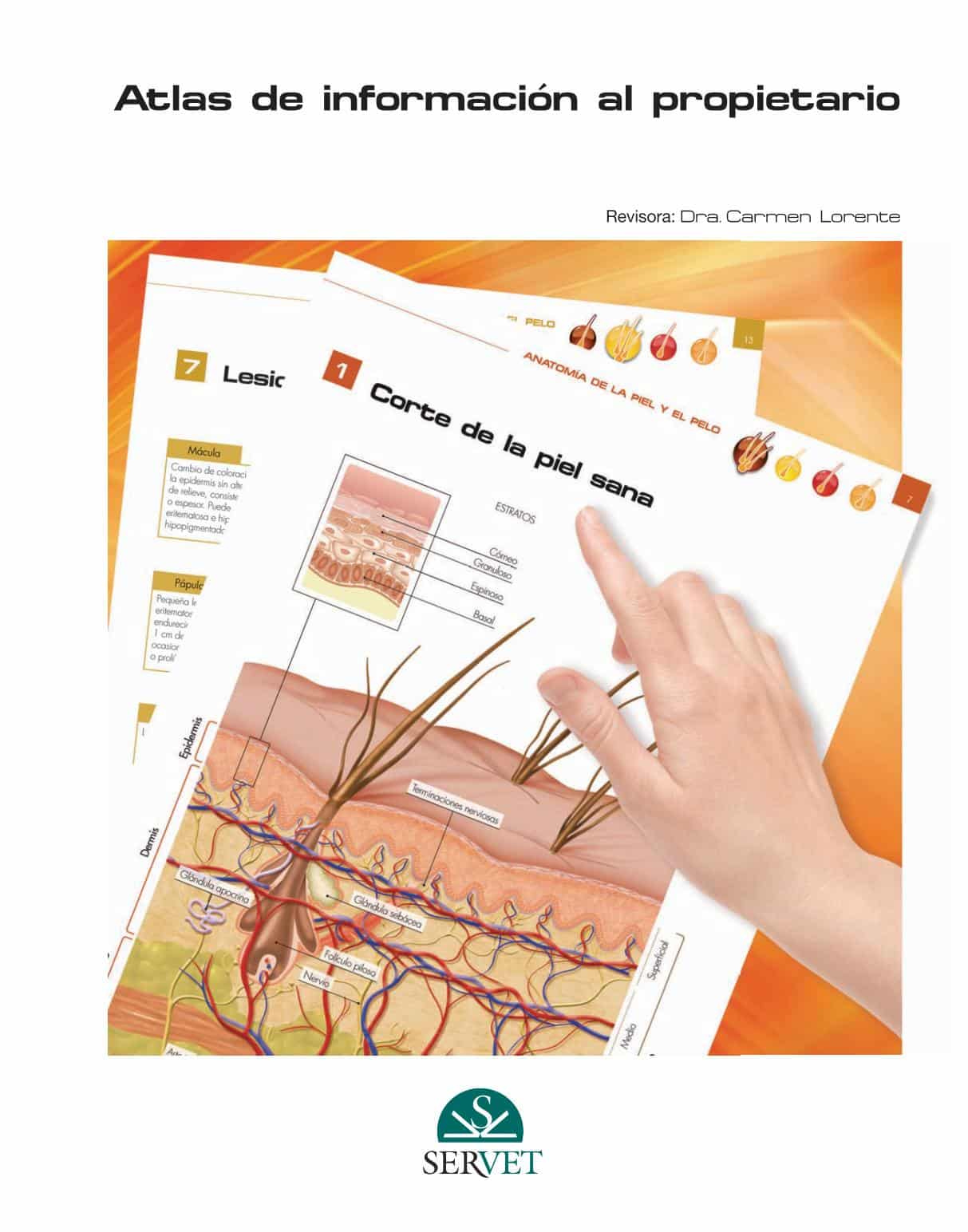

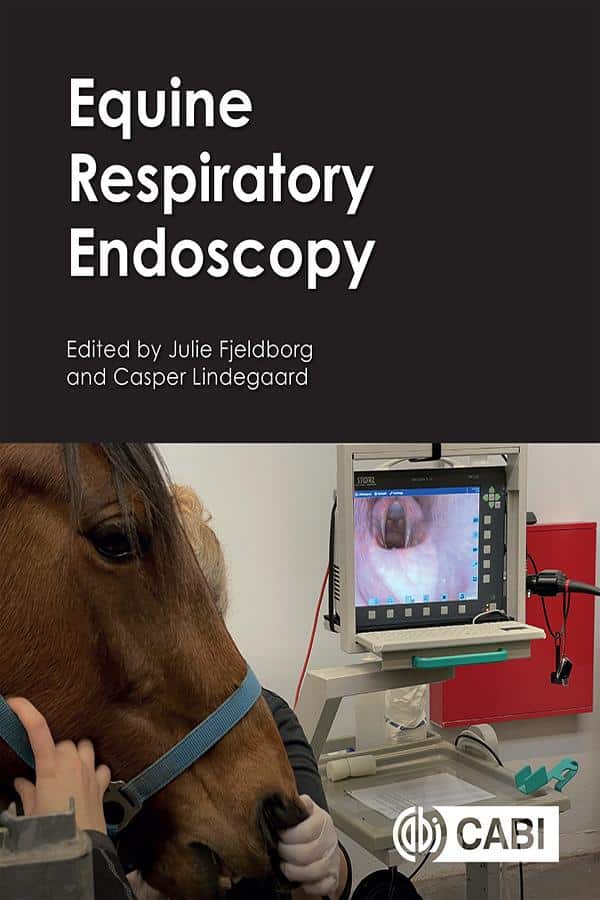
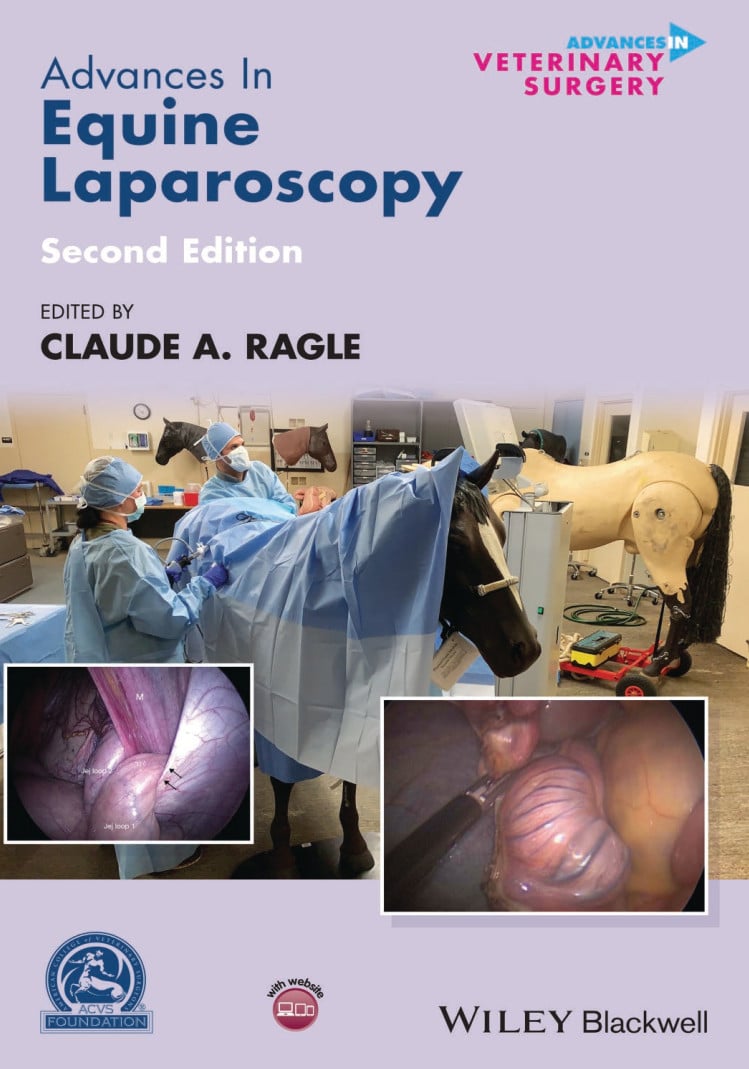








![Ettinger’s Textbook of Veterinary Internal Medicine 9th Edition [PDF+Videos] Ettinger’s Textbook of Veterinary Internal Medicine 9th Edition [True PDF+Videos]](https://www.vet-ebooks.com/wp-content/uploads/2024/10/ettingers-textbook-of-veterinary-internal-medicine-9th-edition-100x70.jpg)





